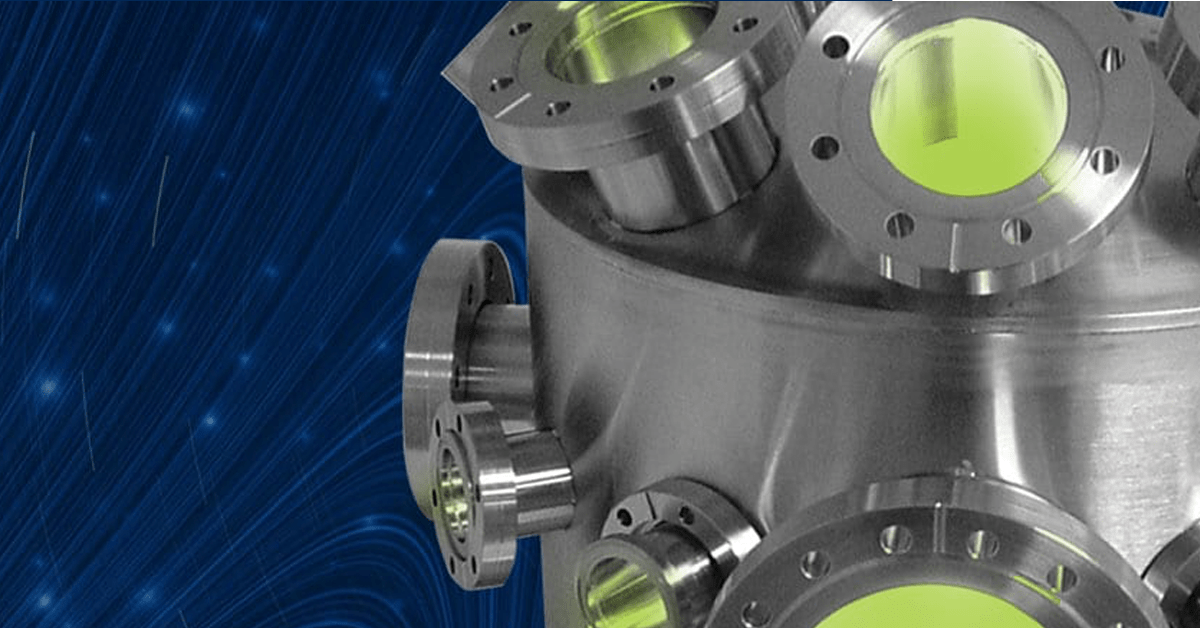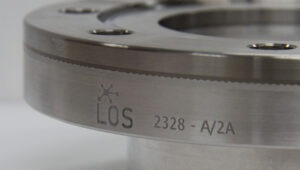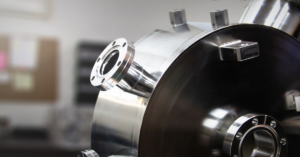10 Best Vacuum Practices for Efficient Data Collection

Over the years, we’ve identified simple practices that will prevent big issues in high vacuum systems. Here are ten things you can do to begin your process and data collection sooner.
Handle All Vacuum Components With Kid Gloves
Oils from bare hands can cause outgassing that will prevent you from reaching your ultimate pressure and, once on, the location of a fingerprint can be very hard to detect.
Over the years, we have found that lint-free cotton gloves work best. If these are not available, surgical latex gloves are the next best choice. If bare hands cannot be avoided, immediately clean all “wetted” surfaces (with the exception of elastomeric seals) with isopropanol.
Use Vacuum Grease Sparingly
Vacuum greases are intended for use with rotating and moving elastomeric seals like those found on linear motion feedthroughs and valve stems. Grease isn’t necessary for static seals. Thick layers of vacuum grease become collection points for airborne contaminants. To avoid this, use vacuum grease sparingly and apply only the thinnest veneer possible.
Tighten Stainless Steel Bolts Gingerly
Stainless bolts with stainless threads have a tendency to gall (cold weld). To prevent this, we recommend a graphite based anti-seize compound. Twelve-point heads are recommended when higher torque is required as on metal seal (CF) flanges.
Understand When to Use Metal Seals vs. Elastomeric Seal Flanges
In general, metal seals are used on high temperature and/or ultra-high vacuum (UHV) applications. UHV chambers and systems are generally not intended to have high vacuum duty cycles such as those experienced with batch systems. That is, metal seal flange systems can be time consuming when frequent system change outs are required.
Elastomeric seals are intended for high vacuum (HV) applications. The base pressure for high vacuum ranges from 10-3 to 10-8 Torr. The lower range of base pressures often requires bake-out. There are several elastomeric seal materials—each with unique leak rate vs. temperature resistance characteristics. Quick connect flanges (QF) are designed for systems requiring frequent change outs.
Understand Your Tolerance Requirements When Designing a New or Custom Vacuum System
While designing custom vacuum systems, initial designs are often over-specified. For example, +/- 0.005” is called out for a particular dimension when +/- 0.010” is all that is really required. Over-specified tolerances is a leading cause of quote inflation. Correct tolerance specifications routinely yield double-digit reductions in custom price quotations.
If you have questions regarding our specifications, contact us at 800-888-1313 and ask to speak to an application engineer.
Minimize Weld Seams and Joints Around Magnetically Sensitive Areas
Heat-affected zones from welding processes or cold worked zones from machining processes often have higher magnetic permeabilities. If additional magnetic shielding is required, high permeability materials such as mumetal are recommended.
Trap Oil-Sealed Rotary Vane Roughing Pumps, Lubricated Turbo Pumps, and Diffusion Pumps in Applications Sensitive to Hydrocarbons
Hydrocarbons from these systems can back stream into your chamber. Adding a trap to your system can help prevent contamination.
Avoid Trapped Volumes to Eliminate Virtual Leaks
Trapped volumes of gas lead to an outgassing problem known as a virtual leak. The classic example of a virtual leak is the internally mounted threaded bolt. In this instance, a vented bolt would eliminate the source of the virtual leak. Externally welded lapped joints are another common example of poor vacuum design. Internal, butt welds are a better solution.
Virtual leaks can often be distinguished from real leaks or from permeation leaks by their unique signature as small spikes in gas analyzer data. Another technique is the rate of pressure rise method. In this method, a system is pumped down and then isolated. Pressure rise vs. time curve is computed. A virtual leak can be distinguished by its flat pressure vs. time curve. Pressure from a real leak will continue to rise until the outside chamber pressure is reached.
Install (CF) Copper Gaskets Properly
Leaks at metal gasket seals are common time wasters. The copper gasket should fit snugly in the counterbore surrounding the knife edge. The metal gasket should not be able to “wiggle” or move while the knife edge is making a seal. The two grooves machined into the flange face are for gasket clamps that hold the metal gasket in place during vertical or upside-down installations. (These grooves may also be used as helium leak check ports.)
Lastly, the flange bolts should be tightened in a “star” pattern so that pressure is applied evenly across the flange face. It’s important to not that under no circumstances should a copper gasket be reused.
Do Not Pressurize Viewports
When backfilling, venting, or breaking vacuum on a chamber with viewports, be sure that the chamber pressure does not exceed one atmosphere (become positive). Vacuum viewports are not rated for positive pressure unless specified by the manufacturer.
Our inventory spans a wide range of high and ultra-high vacuum components designed for an array of vacuum applications. Learn more about our product lines by browsing through our online store or contacting us directly. We look forward to partnering with you.



